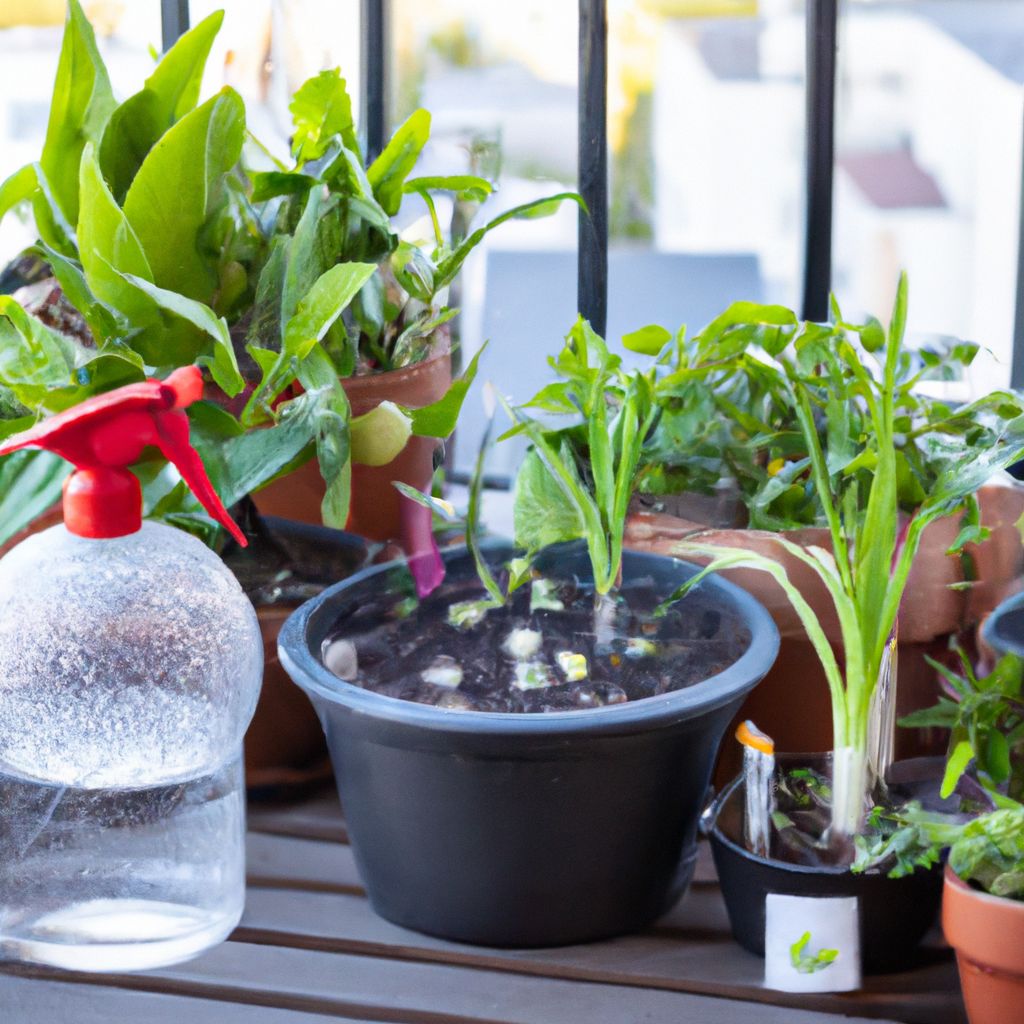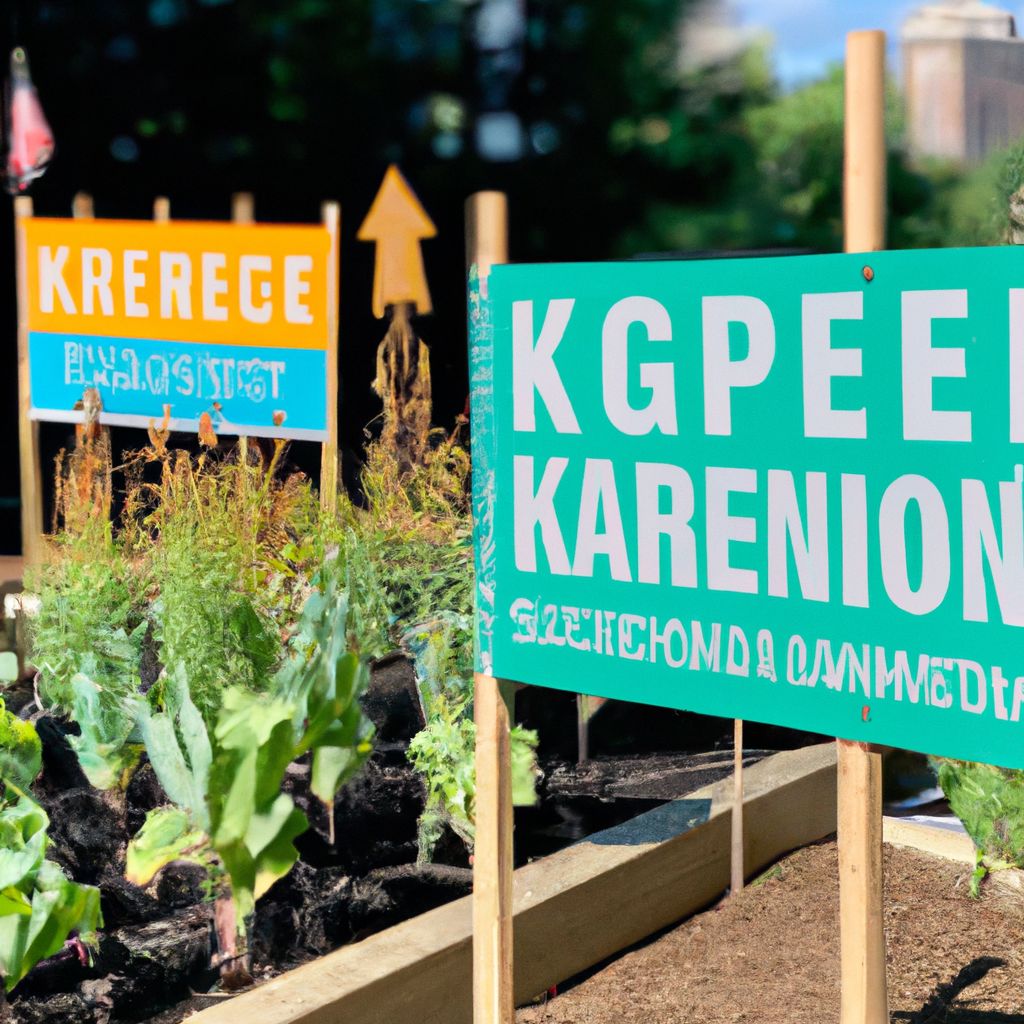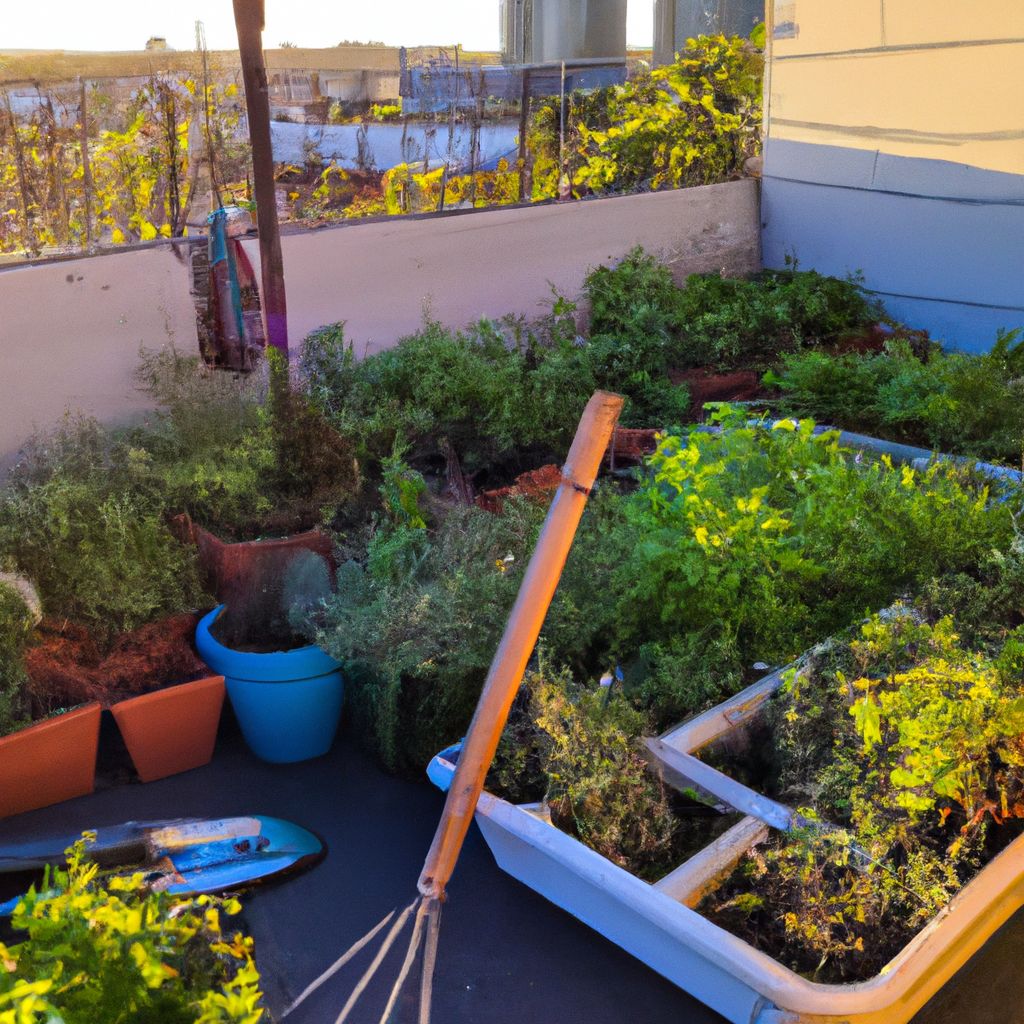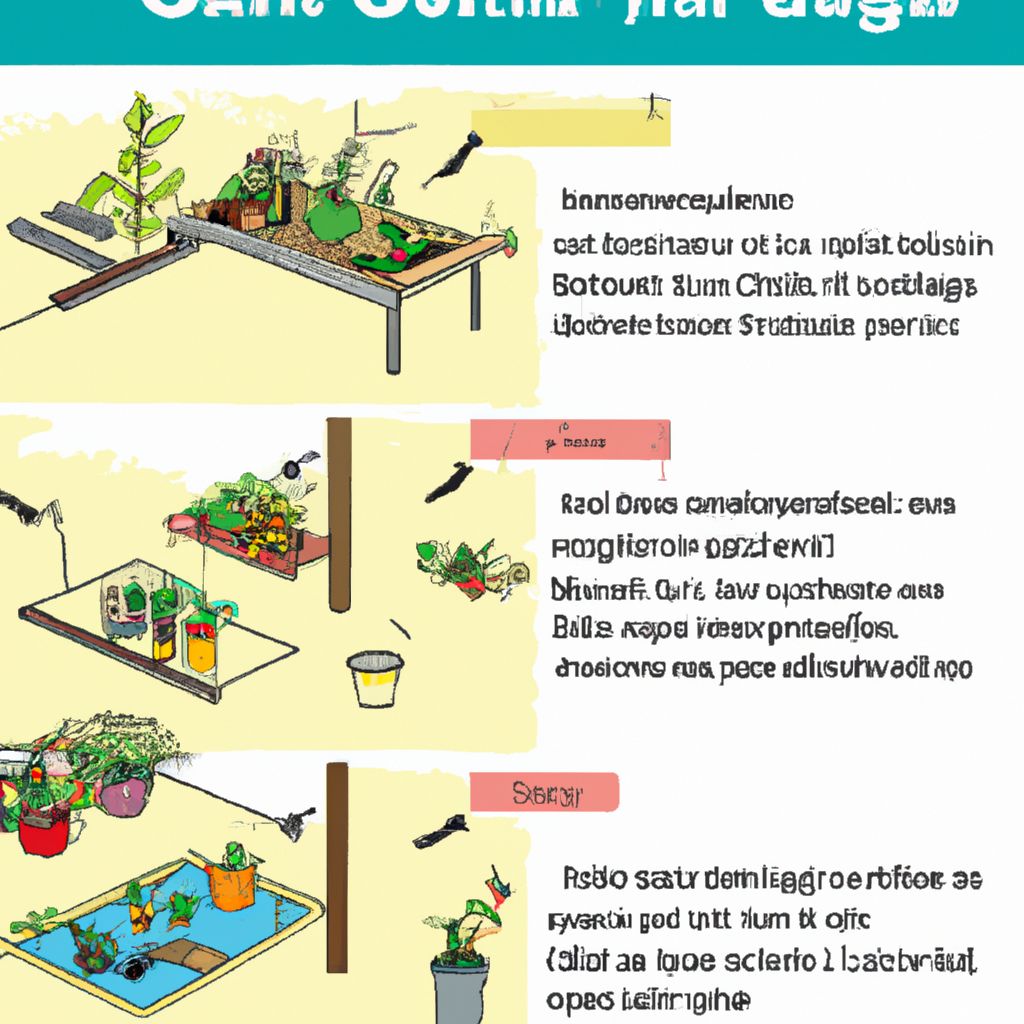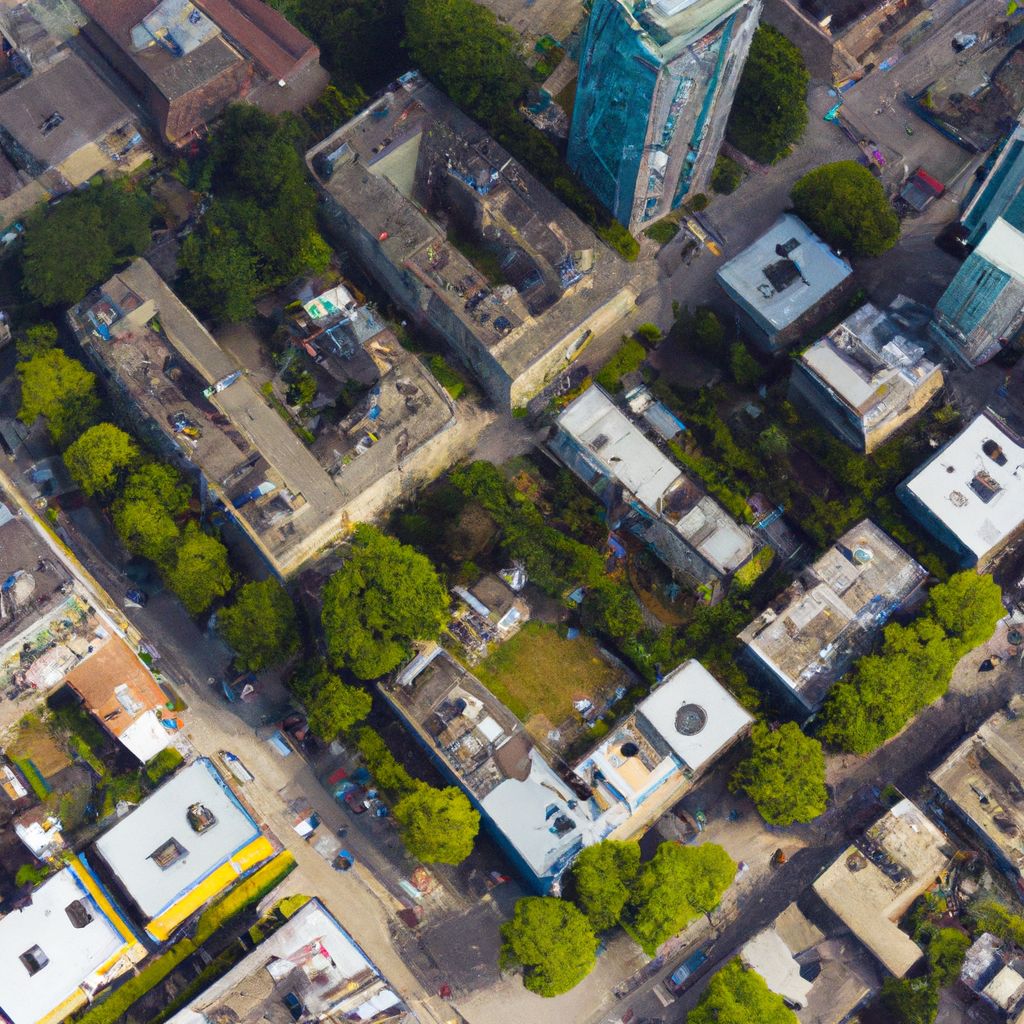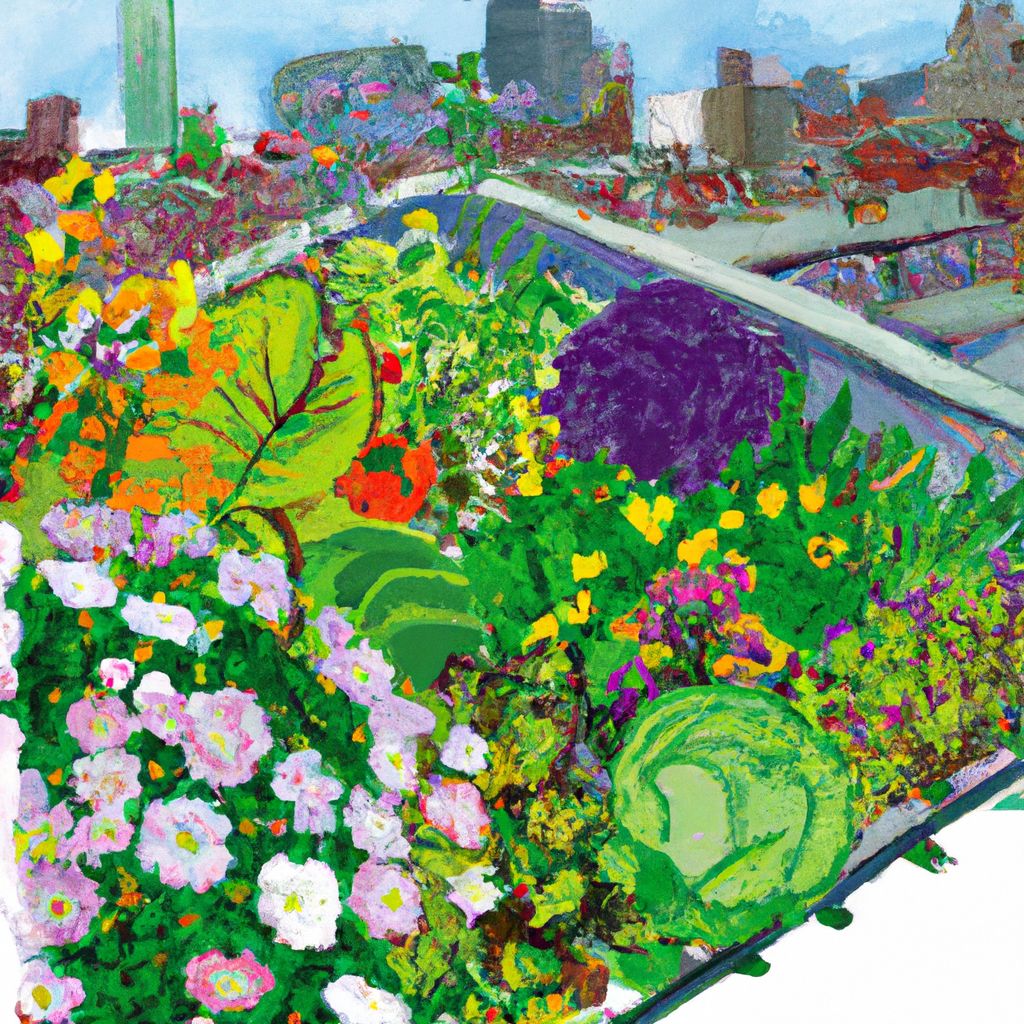- Introduction to Urban Gardening
- The Basics of Urban Gardening
- Best Plants for Urban Gardening
- Caring for Urban Gardens
- Urban Gardening Tools and Accessories
- Success Stories and Inspiration
- Conclusion: The Impact of Urban Gardening
Introduction to Urban Gardening
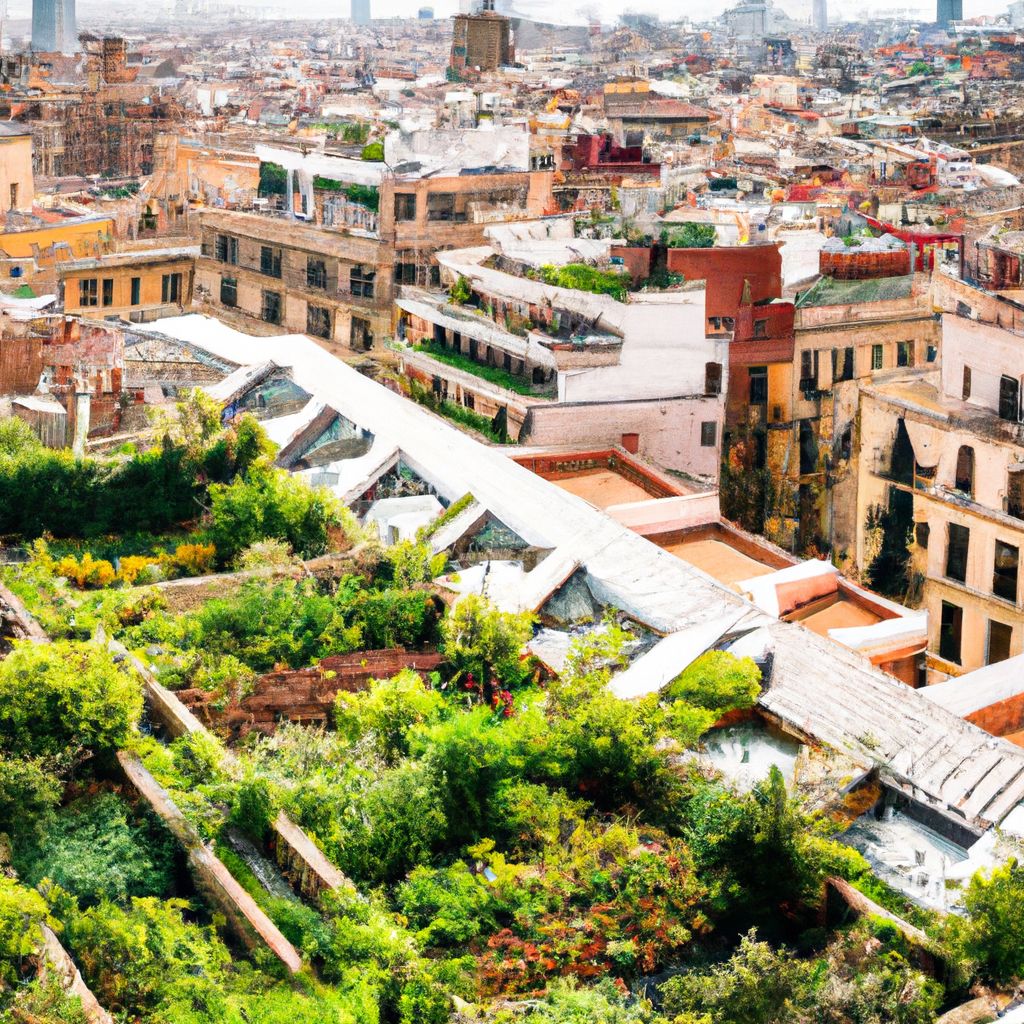
Urban gardening, also referred to as urban horticulture or urban agriculture, is a remarkable practice that involves growing plants within a city environment. It's a process where city dwellers convert small spaces such as balconies, rooftops, patios, or any other available spaces into green areas by planting trees, vegetables, herbs, and even bushes.
Urban gardening is not just about beautifying the city but also about enhancing the quality of city life. It has numerous benefits, particularly for city dwellers. The major benefits include improving air quality, reducing urban heat, providing fresh produce, and improving mental health.
According to a study conducted by the Environmental Pollution Journal, vegetation like urban gardens can remove up to 20% of particulate matter in the air, improving the overall air quality.
The concept of urban gardening goes beyond merely planting. It's about turning any available urban space into a green oasis. It's about engaging in sustainable practices, using water efficiently, recycling waste, and nurturing biodiversity. From a small window box to a bustling rooftop garden, urban gardening transforms concrete landscapes into thriving, green ecosystems.
The Basics of Urban Gardening
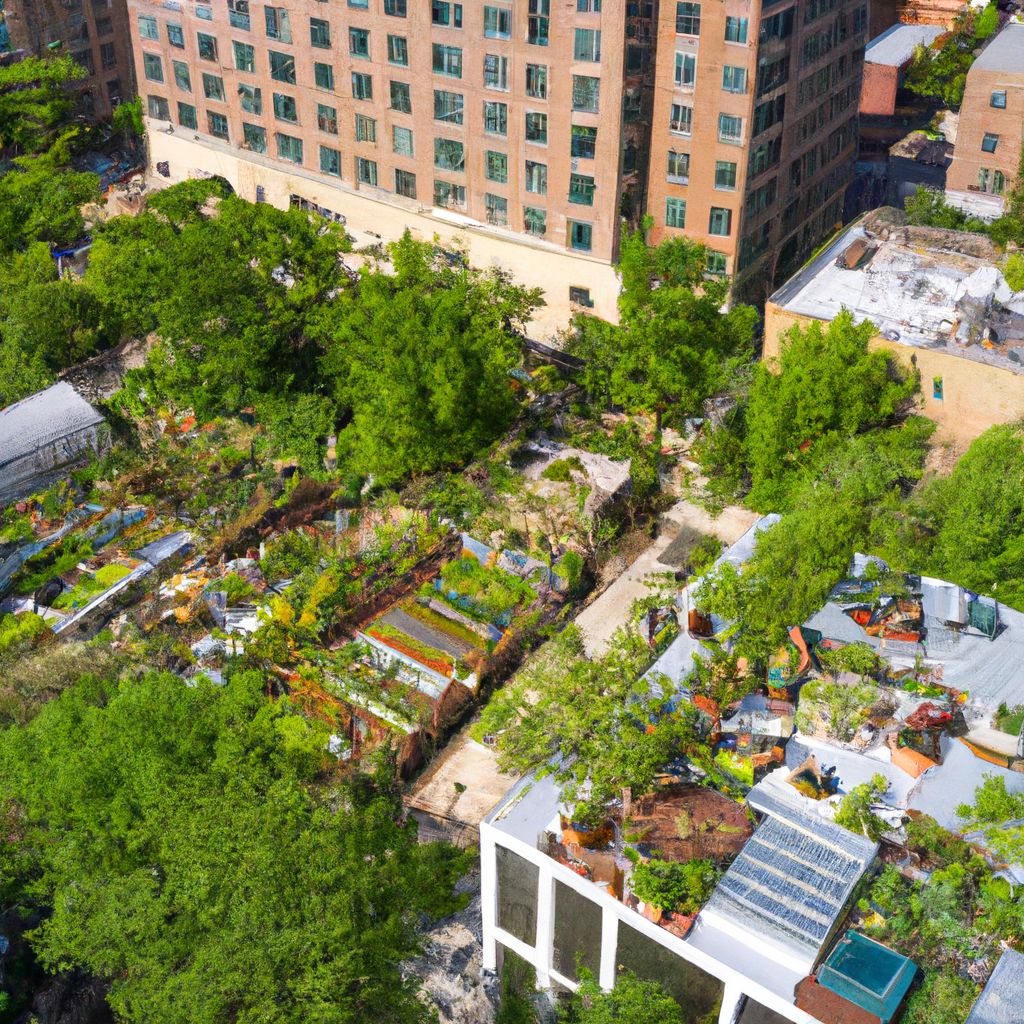
While urban gardening may seem challenging due to limited space and resources, there are certain basic requirements that can help you establish a successful urban garden.
- Space:
- Urban gardening is all about making the most of the available space. Whether it's a tiny balcony, a rooftop, a windowsill, or a small courtyard, every square inch counts.
- Sunlight:
- Most plants require a significant amount of sunlight to grow. Therefore, the location of your garden should receive at least 6 hours of direct sunlight daily. However, some plants can thrive with less sunlight.
- Water:
- Access to a reliable water source is crucial. Plants need regular watering, especially during dry periods. Ensure your urban garden has a nearby water source or a system for collecting rainwater.
- Soil:
- Quality soil is essential for healthy plant growth. Urban gardeners often use potting soil, which provides a rich base for plant roots and facilitates proper drainage.
Selecting the right plants is paramount for urban gardening. Not all plants are suited to city living, so you must choose plants that can thrive in the conditions you can provide. This selection will largely depend on the amount of sunlight, space, and the specific climate of your location.
According to a report by Urban Agriculture Magazine, successful urban gardens often consist of a variety of herbs, vegetables, and dwarf or compact fruit trees that have adapted well to urban conditions.
Best Plants for Urban Gardening
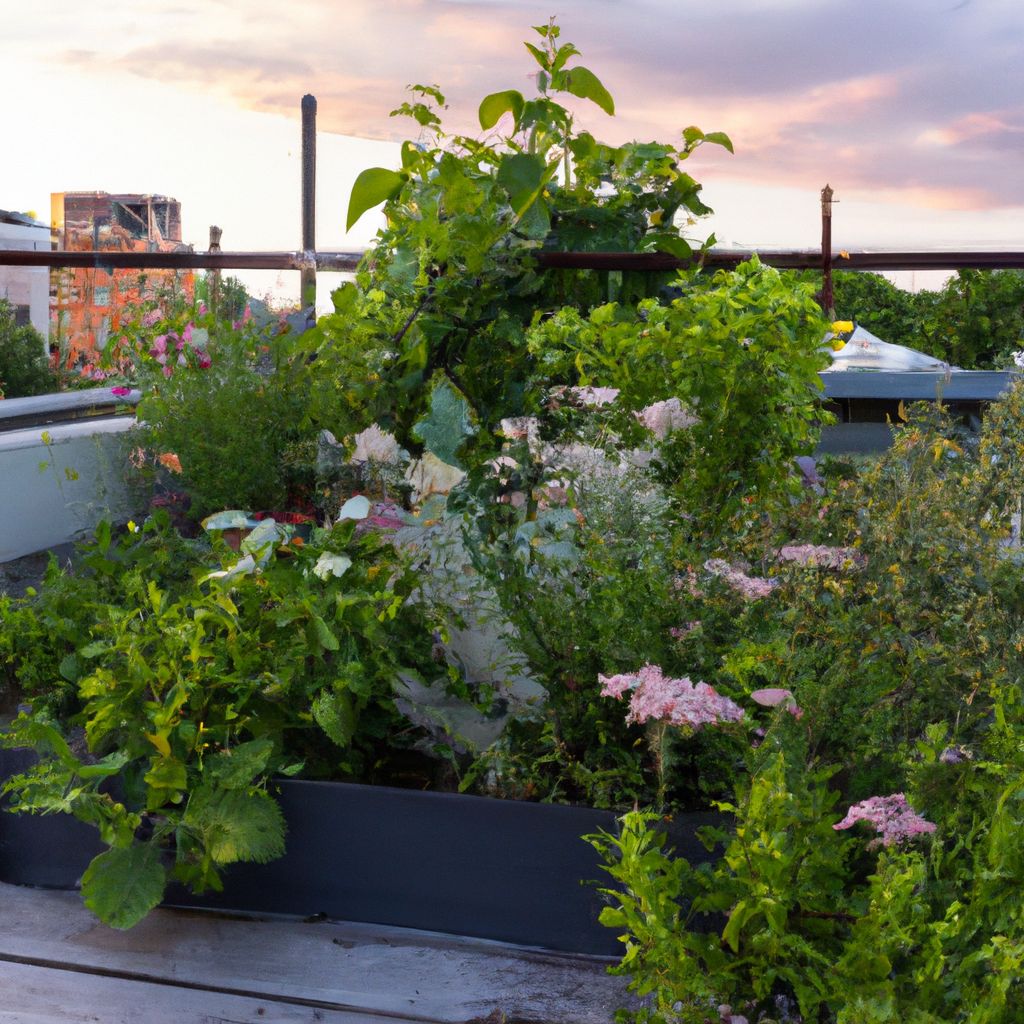
Selecting the right plants for your urban garden is crucial for its success. Here are some of the best plants for city living, both edible and ornamental, which are known for their adaptability and resilience in urban conditions.
| Plant Name | Type | Why Suitable for Urban Gardening |
|---|---|---|
| Tomatoes | Edible | Tomatoes are compact plants that can be grown in containers. They require a moderate amount of sunlight and water, making them perfect for city living. |
| Herbs (Basil, Mint, Rosemary) | Edible | Herbs are ideal for urban gardening due to their small size. They can be grown indoors or outdoors and require minimal care. |
| Lettuce and Spinach | Edible | These leafy greens can be grown in shallow containers, making them perfect for small spaces. They also grow quickly, providing a continuous supply of fresh produce. |
| Succulents | Ornamental | Succulents are low-maintenance and require little water, making them ideal for busy city dwellers. They also add a touch of beauty to any space. |
| Ferns | Ornamental | Ferns are excellent indoor plants that thrive in low-light conditions, making them perfect for apartments with limited sunlight. |
These plant recommendations are just a starting point. The key to successful urban gardening is to experiment and find out what works best in your own unique urban space.
Caring for Urban Gardens
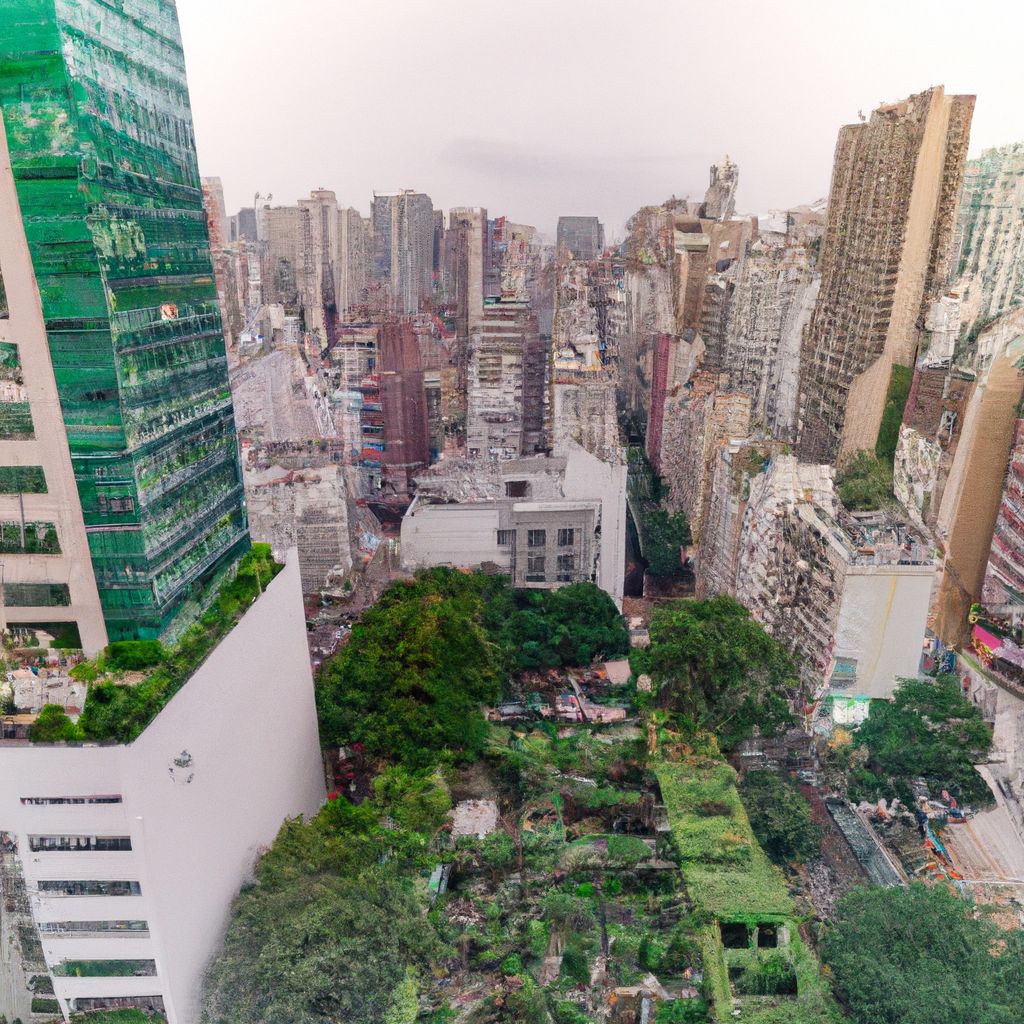
Urban gardening certainly comes with unique challenges. However, understanding these challenges and implementing appropriate solutions can help you maintain a thriving urban garden.
- Pollution:
- Urban areas often suffer from high levels of air and soil pollution. To combat this, opt for plants known to withstand pollution, such as spider plants and peace lilies. Regularly clean the leaves of your plants to prevent dust accumulation.
- Limited Sunlight:
- Buildings and structures in cities often block sunlight. If your garden is in a low-light area, choose plants that thrive in shade such as ferns or snake plants.
- Small Spaces:
- The limited space in urban areas can be challenging. However, vertical gardening is an effective way to maximize your growing space. Trellises, wall planters, and hanging baskets are great for this purpose.
When it comes to caring for urban gardens, consistency is key. Regular watering, feeding, and pruning can go a long way in maintaining the health of your plants.
As noted by The Royal Horticultural Society, it's essential to monitor your plants regularly for pests and diseases. Early detection and control can save your plants and prevent the spread of diseases.
Lastly, don't forget to nurture the soil. Composting is an excellent way to recycle kitchen waste into nutrient-rich compost, which can significantly improve the fertility of your urban garden's soil.
Urban Gardening Tools and Accessories
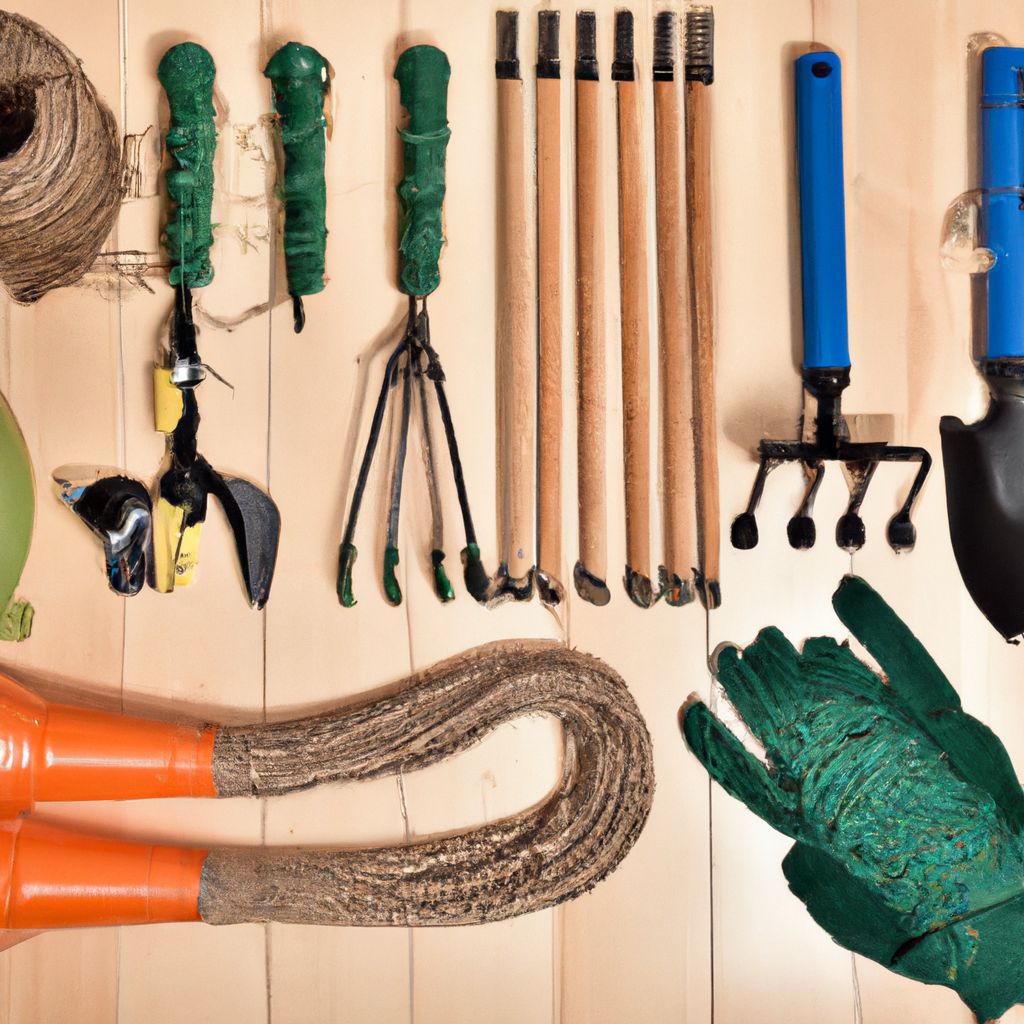
In order to establish and maintain a flourishing urban garden, certain tools and accessories are necessary. Here is a list of these essential items and their importance in urban gardening.
- Gardening Gloves:
- These protect your hands from dirt, cuts, and irritations. They are especially important when handling prickly plants or when using gardening tools.
- Hand Trowel:
- A hand trowel is indispensable for digging holes, transplanting seedlings, and weeding. It's a versatile tool that serves multiple purposes in an urban garden.
- Pruning Shears:
- These are essential for trimming and shaping plants, removing dead leaves, and promoting healthier plant growth.
- Watering Can:
- A watering can with a long spout allows for precise watering, ensuring that water reaches the roots of the plants without wetting the foliage excessively.
- Plant Containers:
- Containers are fundamental in urban gardening. They come in various sizes and materials to suit different types of plants. Ensure they have drainage holes to prevent waterlogging.
- Soil and Fertilizer:
- Quality soil and fertilizer are essential for providing nutrients to your plants. Organic compost or slow-release granular fertilizers are excellent for urban gardens.
Each of these tools and accessories plays a significant role in the establishment and maintenance of an urban garden. Together, they help create a conducive environment that promotes the growth and development of your plants.
As The Urban Gardening Digest puts it, "The right tools can make a big difference in becoming a successful urban gardener."
Success Stories and Inspiration
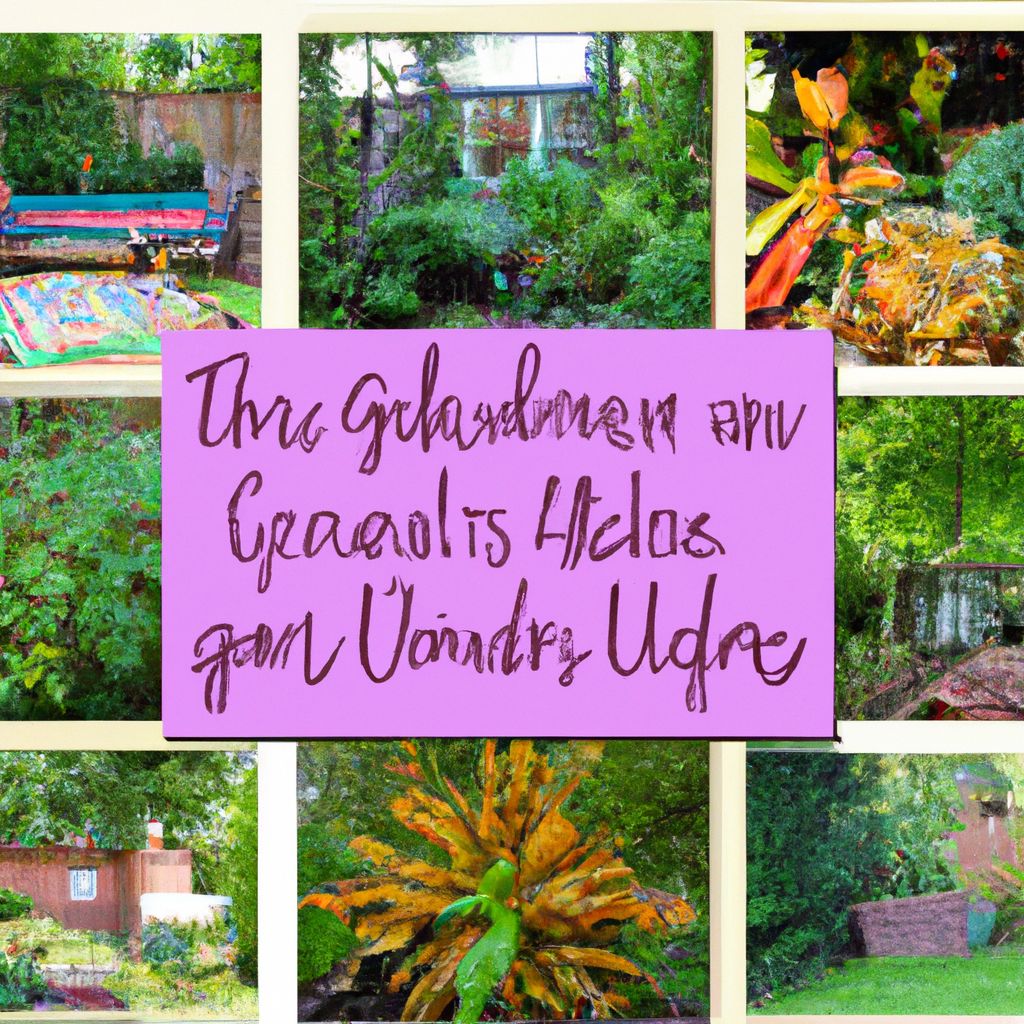
There are countless inspiring stories of successful urban gardens around the world. Here are a few that stand out due to their creativity, innovation, and impact.
- The Eagle Street Rooftop Farm, Brooklyn, New York:
- This 6,000 square foot organic vegetable garden is located on the rooftop of a warehouse. It's a great example of using available space efficiently. The garden not only provides fresh produce but also offers educational programs to the community.
- Edible Balcony Garden, Sydney, Australia:
- Created by Indira Naidoo, this high-rise balcony garden produces over 70 kinds of herbs, vegetables, and edible flowers. The Edible Balcony Garden demonstrates that lack of space is not a hindrance to growing your own food.
- The Incredible Edible Network, Todmorden, UK:
- This community-driven urban gardening project transformed public spaces into edible landscapes. It's a testament to the power of community involvement and the potential of urban gardening to transform cities.
Each of these stories offers valuable lessons for aspiring urban gardeners. The Eagle Street Rooftop Farm emphasizes the importance of utilizing every available space. The Edible Balcony Garden shows that a wide variety of plants can be grown even in small spaces. The Incredible Edible Network highlights the potential of urban gardening to bring communities together and promote sustainable living.
A report by the American Society of Landscape Architects states, "These urban garden success stories can serve as inspiration and guideposts for others looking to green their communities."
Conclusion: The Impact of Urban Gardening
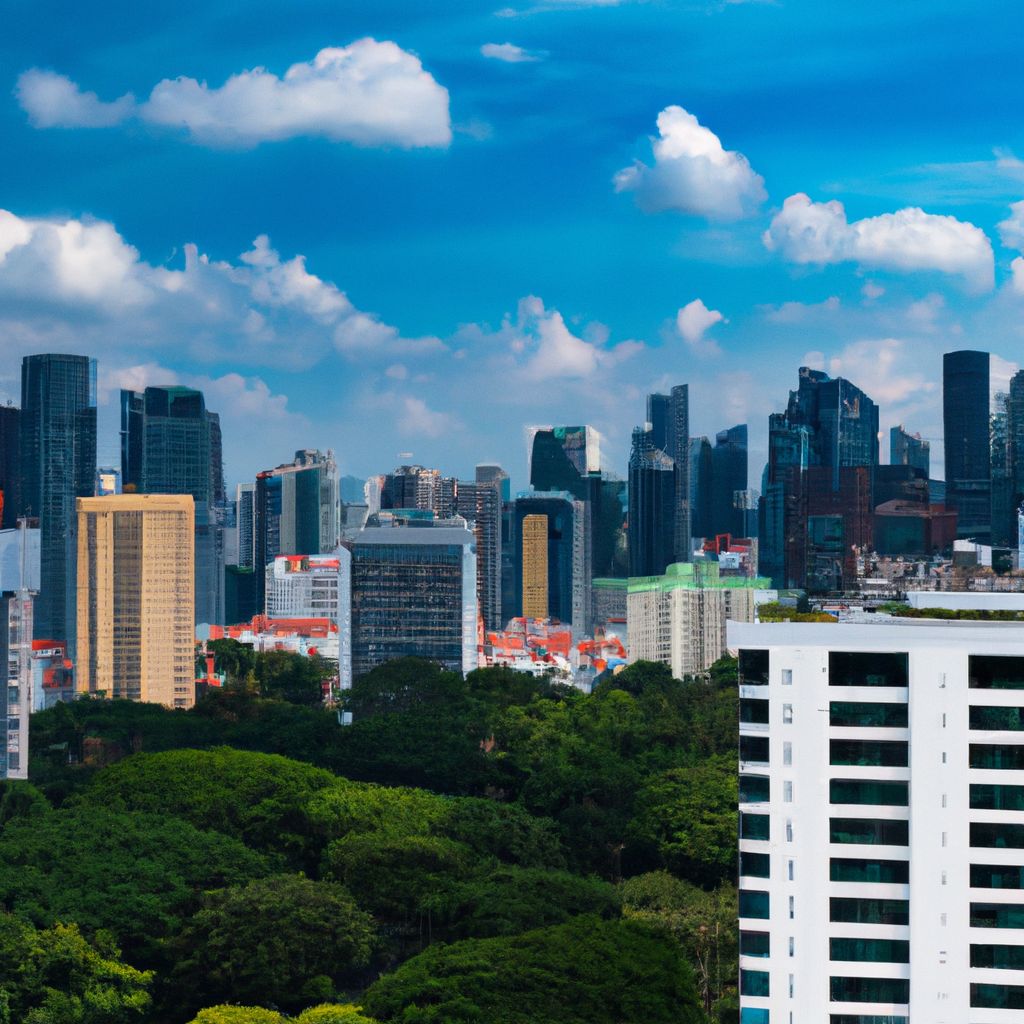
Urban gardening has far-reaching benefits, extending beyond the individual to impact the community and the environment at large. On a personal level, it provides a sense of satisfaction, improves mental health, and offers fresh, homegrown produce.
For the community, urban gardens can serve as educational spaces, promote social cohesion, and even contribute to local economies. They transform unused urban spaces into green, productive landscapes, enhancing the overall aesthetics of a city.
According to the United Nations Food and Agriculture Organization, urban gardens can play a significant role in improving food security, reducing food miles, and promoting biodiversity in cities.
From an environmental perspective, urban gardens contribute to reducing urban heat, improving air quality, and promoting biodiversity. They help mitigate the impact of urbanization and climate change.
Whether you consider it as a rewarding hobby or a sustainable lifestyle choice, urban gardening is a worthwhile endeavor. It's an opportunity to reconnect with nature, contribute to a greener city, and enjoy the rewards of growing your own food. So, why not start your urban gardening journey today?


